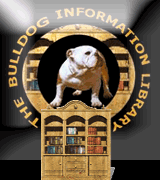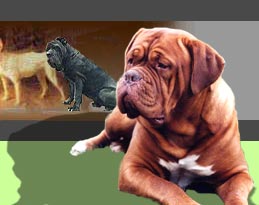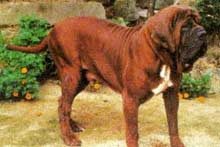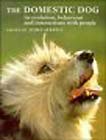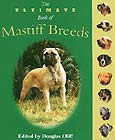Once the mastiff reached the Roman Empire, they had already been bred to suit special purposes, the first step in the development of "breeds" within a species. The Romans had developed one breed that very closely resembles the Sennenhund or Swiss Mountain Dog of today (Hubbard). In fact, there were no prehistoric Swiss mastiffs, or doggen, prior to the last century BC (Raulston). The Romans took their mastiffs into Gaul, now known as France. Their mastiffs guarded the mountain passes where a few hundred years later the St. Bernard would be found.
In Spain, very near the homeland of the Great Pyrenees, the Spanish Mastiff developed. To the north, in Belgium, the feared tracker, St. Hubert's Hound, the ancestor of today's Bloodhound, was developed from the descendants of those fierce hunting dogs of prehistoric times.
The retrievers, like the Labrador and the Chesapeake, are thought also to trace to the ancient mastiffs. From the Alps, the mastiff is thought to have been adopted by the Germanic peoples and then to have traveled to Great Britain with Angles and Saxons. The Great Dane is known as the Deutsche Dogge (or German Mastiff) in most countries today. In Chaucer's day the Middle English words alaunt or alan and alano were also used to indicate early mastiffs. These words may have derived from the word Alani, the name of an Eastern race that lived before the time of Christ in what is now Albania (AKC) or they may have , in fact, been corruptions of the word Allemannni, the Germanic people who invaded France prior to the reign of Charlemagne.
All rights are reserved by the author, Tamara Taylor. 1997
Tamara Taylor, Turkmen Kangal Dogs, 3814 Lois Rd. E., Sanger, Texas USA 76266-3544. E-mail: Ttaylor7@gte.net Last revision: June, 1998.
.
.
.

